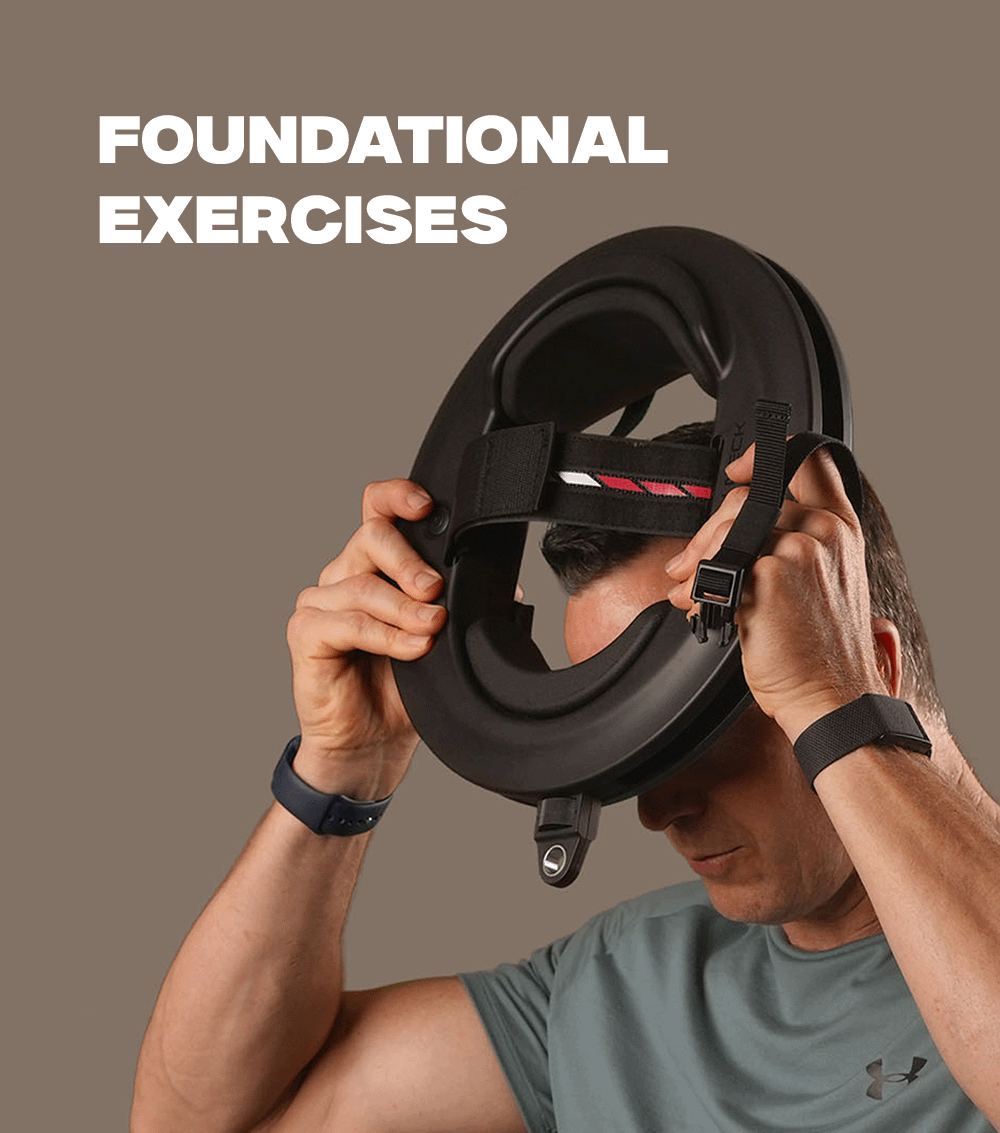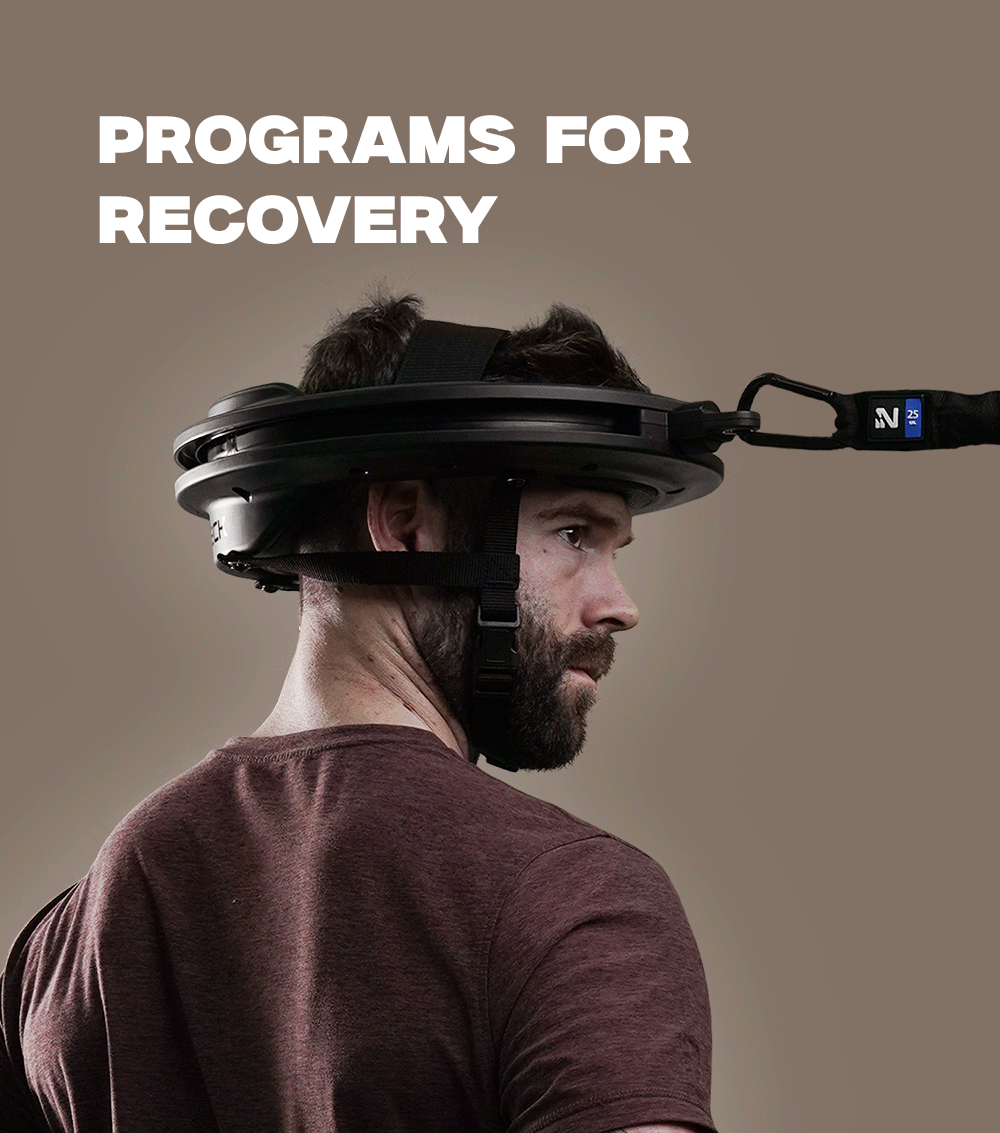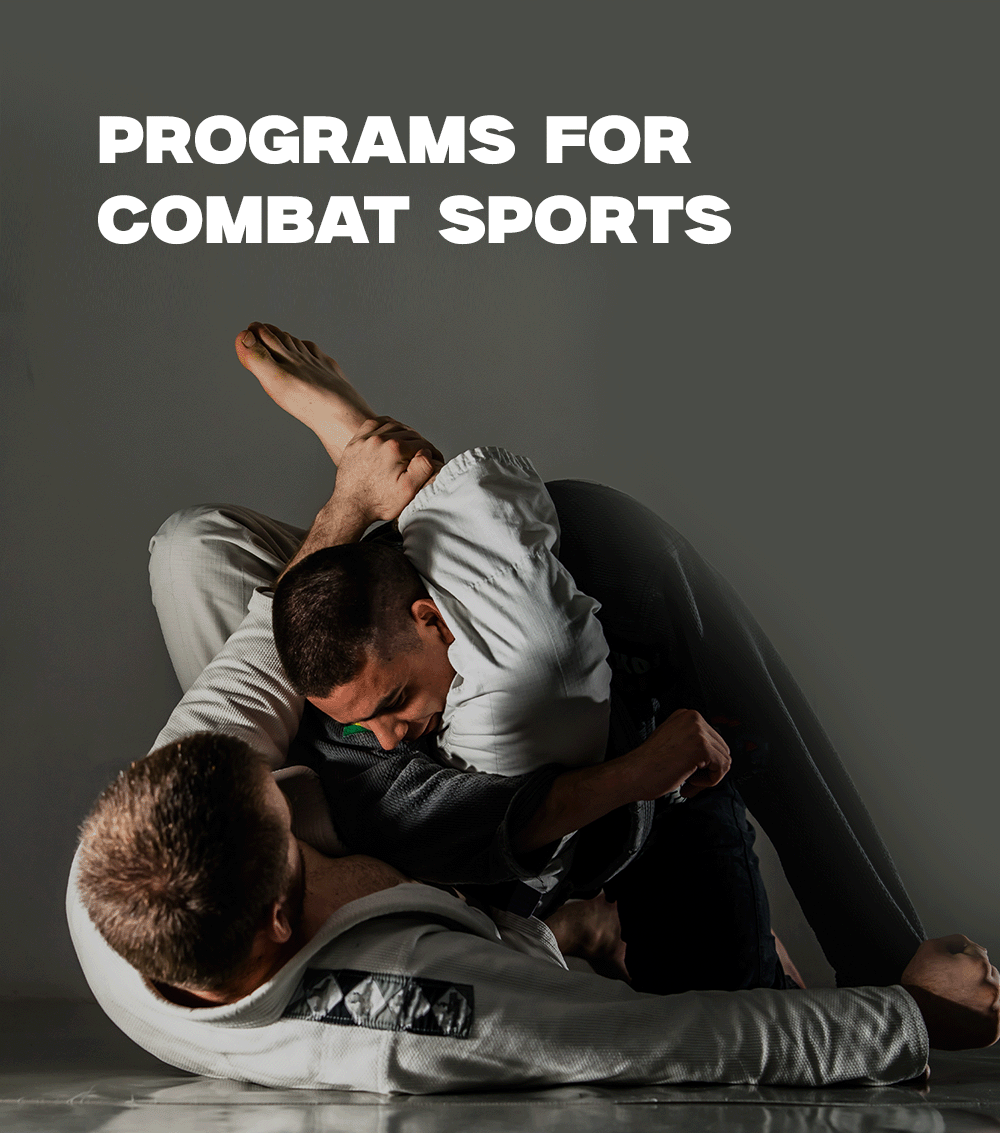So you have made the decision to start neck training - this is one of the best ways to keep your neck healthy and prevent injury down the road. And let’s face it - a strong, thick neck is so much more aesthetic than the pencil necks we see so frequently today. All things considered, you’re on the right path. But you probably want to know how much weight to start neck training?
The last thing you want to do is spin your wheels by starting too light and wasting time when you could jump into heavier weight ranges. But, you also don’t want to set yourself back by starting too heavy and causing injury early on. Not only will this put you on the sidelines for a bit, but it could leave a bad taste in your mouth and prevent you from neck training again in the future.
There is no doubt about it - figuring out how much weight to use when first starting neck training is a fine line. But don’t stress - we’re here to help you find the sweet spot and get started on the right foot.
Why Bodyweight Neck Training Won’t Cut It
We know what you might be thinking - can’t you just train your neck with the weight of your head? After all, the human head is by no means light - an adult head can weigh as much as 12 pounds! Think about it - your skull is one of the thickest structures on your body. So, why can’t you just train with the weight of your head?
You can - at least, at first. In fact, we highly encourage you to get started with neck training using nothing more than your body weight. This is the best way to master the exercises you’re performing before moving on to actual weighted variations. But at a certain point, you’ll hit a wall with bodyweight training. You’ll plateau pretty quickly, in fact. This is why progressive overload is so important.
The Importance Of Progressive Overload
If your goal is to get a bigger, stronger neck, then you’re going to need to practice progressive overload in your training. What is this, exactly? It’s the practice of progressively adding more and more stimulus to each training session.
Think about it like this: your first time training neck muscles, you’re going to feel a good burn from simply doing a few sets of bodyweight exercises. After all, your neck muscles have never been tested like this before. But as you break down those tiny neck muscles in that first session, they’ll grow back stronger - especially if you’re doing a good job from a recovery standpoint with ample sleep, protein, and calories.
Then when you come back for your next session, you do the exact same thing again. Your neck muscles may still get broken down a bit, but they’ll recover just as they did the first time. As you continue this trend, you’re not truly testing your neck muscles. They aren’t being forced to grow back stronger - because you hit them with the same movements, rep ranges, and weight every week.
Now, what if you add a few extra reps each week? Or an extra set? Or better yet, an extra few pounds? By introducing a new stimulus - either in the form of reps, sets, or weight - you are forcing your neck muscles to continue to grow bigger and stronger to handle the next increase in the stimulus. And in our opinion, progressively overloading the weight you use is one of the best ways to push through plateaus. As such, you need to continue to add weight each and every week. But, where should you start? Let us get into the actual matter at hand today: how much weight to start neck training with.
So, How Much Weight To Start Neck Training With?
So, how much weight should you start neck training with? As we mentioned earlier, the best way to get started is with nothing more than body weight. Even if you have a strong neck naturally, you want to perfect the movements before loading them. Start by getting a good grasp on these neck strengthening exercises. We also have detailed video resources if you want to watch them in action.
Then, you can begin to add a bit of load. Whether you add plates to a neck weight harness or add resistance loop bands to your neck workout equipment, such as the Iron Neck, you should start small. With progressive overload, you don’t have to do anything too crazy - just small increases in weight will deliver big results over time. That is, as long as you are consistent and continue to progressively overload your movements over the course of 3, 6, or 12 months and beyond. Remember - this isn’t going to be an overnight success story. You need to be patient in growing your neck muscles. They always say that slow and steady wins the race - and that couldn’t be more true when it comes to neck training. With all this said, here are some concrete recommendations for those who are capable of programming their own training:
- Weighted plates: if you’re going to attach plates to a neck harness, start as small as possible. Investing in some microplates - 1lb, 2lbs, or even 3lbs - is a great way to get started. If you’re working out in a commercial gym and only have access to the basic weight increments, you can move onto the 2.5lb plate once you have mastered the technique of the neck extension.
- Neck Training With Resistance Bands: if you’re using the Iron Neck, you’ll have a far easier time training your neck and practicing safe progressive overload. Start with the lightest band and as little tension as possible on your bands while performing the movement. If you’ve hooked your device up to a cable machine, the same mentality will apply. Then, for your next training session - stand a foot or two further away from the resistance band door anchor or cable machine. This will increase tension and help you progress the movement. Over time, you can start adding more weight - and repeat the process again.
Keep in mind that if you don’t feel confident in performing these movements or loading them, you should not do so. Consult a qualified personal trainer who has experience helping people train your neck.
Final Thoughts On How Much Weight To Use For Neck Training
With all this said, you now know all there is to know about loading your neck training. Remember - start with body weight and perfect the exercises. Only then can you start to load up some weight. Start with as little weight or resistance as possible, and make small jumps each week to progressively overload the movement. While it may be tempting to load up more weight and take bigger jumps, this is not advised. Be patient - it’s worth it to keep your neck safe and healthy. You’ll see noticeable improvements in physique and strength in no time if you remain consistent!






